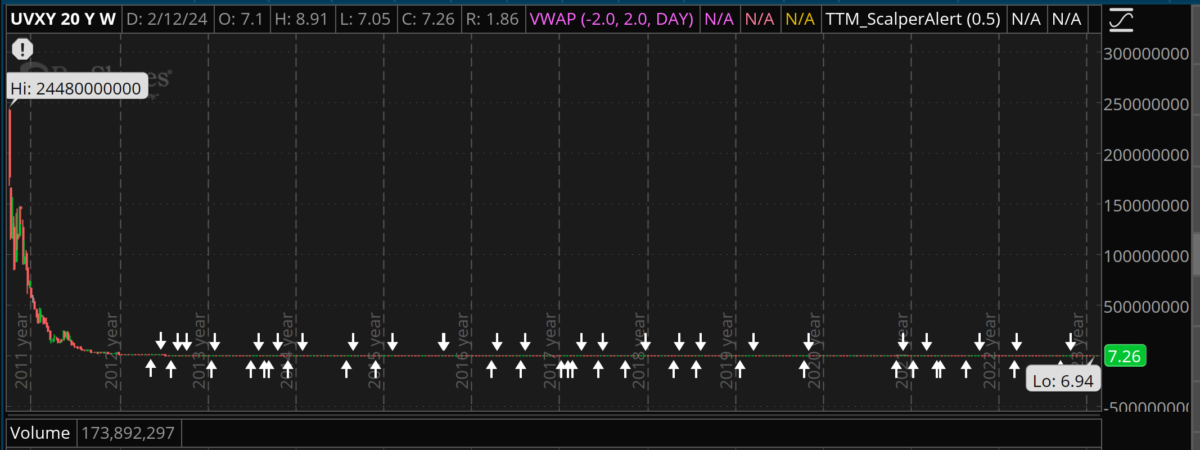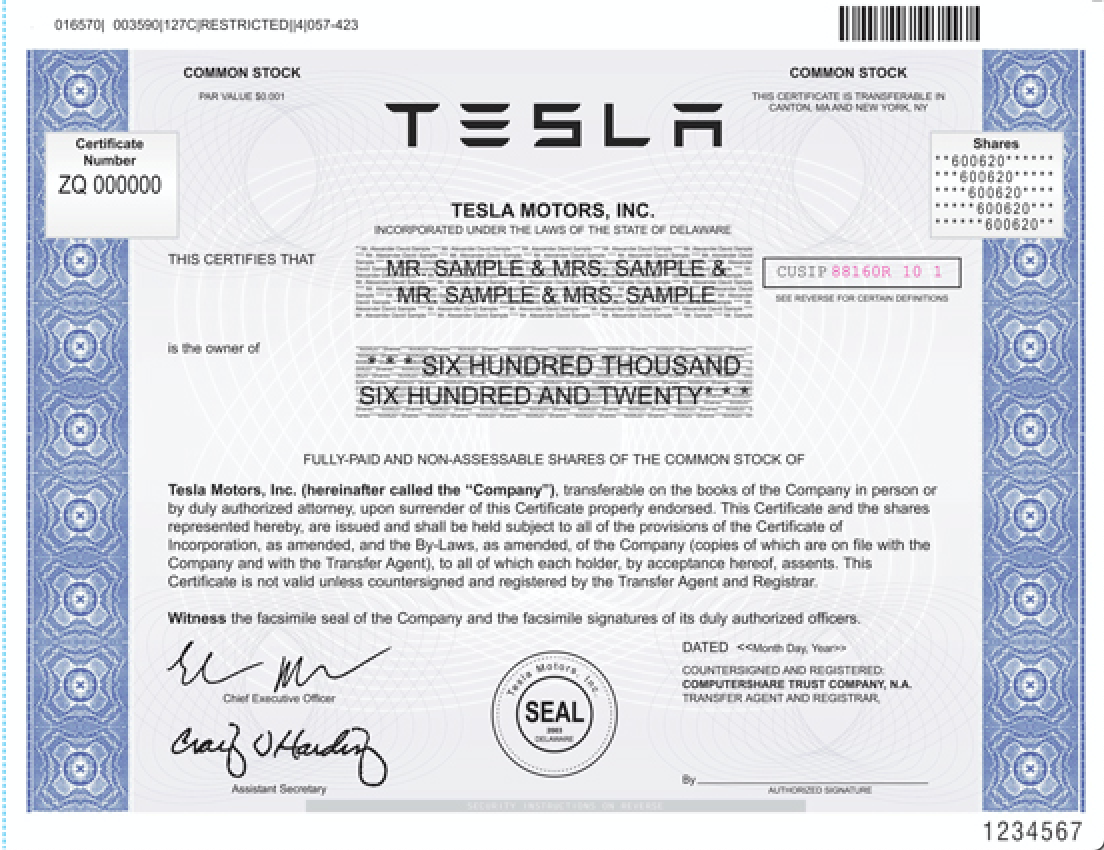by Fred Fuld III
A short squeeze is a phenomenon that occurs in financial markets when investors who have sold shares of a stock short (i.e., betting that the stock price will fall) are forced to buy those shares back at a higher price than they expected. This can happen when the stock’s price rises sharply, causing losses for short sellers who need to buy the stock to cover their position and limit their losses.
As more and more short sellers try to buy the stock to close out their positions, this increased buying activity can drive the stock price even higher, creating a feedback loop that can lead to a rapid and dramatic increase in price. This can create a challenging situation for short sellers, who may be forced to buy back the stock at a loss, or risk even greater losses if the stock continues to rise. A short squeeze can also create opportunities for long investors who have purchased the stock, as they may be able to sell their shares at a higher price to short sellers looking to cover their positions.
When you short a stock, it means that your goal is to make money from a drop in the price of a stock. Technically, what happens is that you borrow shares of a stock, sell those shares, then buy back those shares at a hopefully lower price so that those shares can be returned. This all happens electronically, so you don’t actually see all the borrowing and returning of shares; it just shows up on your screen as a negative number of shares.
Short sellers can be profitable, but sometimes when the stock moves against them, and begins to rise, the short sellers jump in right away to buy shares to cover their positions, creating what is called a short squeeze. When a short squeeze takes place, it can cause the share prices to increase fast and furiously. Any good news can trigger the short squeeze.
Some traders utilize this situation by looking for stocks to buy that may have a potential short squeeze. Here is what a short squeeze trader should take into consideration:
Short Percentage of Float ~ The float is the number of freely tradable shares and the short percentage is the number of shares held short divided by the float. Amounts over 10% to 20% are considered high and potential short squeeze plays.
Short Ratio / Days to Cover / Short Interest Ratio -This is probably the most important metric when looking for short squeeze trades, no matter what you call it. This is the number of days it would take the short sellers to cover their position based on the average daily volume of shares traded. This is a significant ratio as it shows how “stuck” the short sellers are when they want to buy in their shares without driving up the price too much. Unfortunately for the shortsellers, the longer the number of days to cover, the bigger and longer the squeeze.
Short Percentage Increase/Decrease ~ This is the percentage increase in in the number of short sellers from the previous month.
Investing in biotechnology stocks offers a unique opportunity for individuals looking to gain exposure to one of the most dynamic and innovative sectors of the market. The biotechnology industry is at the forefront of medical advancements, driving breakthroughs in treatments and therapies that can transform lives. However, like any investment, it comes with its own set of risks and rewards.
The following are some heavily shorted biotech stocks that may be worth considering.
Biotechnology companies often work on cutting-edge solutions to address unmet medical needs, making their stocks particularly attractive to investors with a long-term outlook. For instance, Phathom Pharmaceuticals Inc. (PHAT) is a clinical-stage biopharmaceutical company dedicated to developing treatments for gastrointestinal diseases. Their lead product candidate, vonoprazan, is designed to treat acid-related disorders, offering potential advantages over traditional therapies. If successful, Phathom’s innovations could capture significant market share, making it a compelling choice for investors willing to bet on novel therapies with strong commercial potential. The stock has a Short Interest Ratio (Days To Cover) of 10.7, which means it would take over ten days for short sellers to cover their short position. Plus, 48% of the shares are short.
Another company in the biotech space is CervoMed Inc. (CRVO), which focuses on developing treatments for neurodegenerative diseases, including Alzheimer’s and Parkinson’s. As the global population ages, the demand for therapies to combat these debilitating conditions is expected to rise dramatically. CervoMed’s pipeline positions it to address these needs, although the path to market approval for such treatments can be fraught with regulatory and clinical hurdles. Investors who believe in the company’s science and potential market opportunity may find CRVO a high-risk but high-reward prospect. The company has short interest of 42.7%.
Cassava Sciences Inc. (SAVA) also operates in the neurodegenerative disease space, with a focus on Alzheimer’s disease. Its lead drug candidate, simufilam, has generated considerable attention, with the company claiming it can improve cognitive function in patients. While the promise of treating Alzheimer’s is enticing, Cassava has faced controversy and scrutiny over its research methodologies, leading to heightened volatility in its stock price. Investors in SAVA must weigh the potential for groundbreaking success against the risk of regulatory setbacks and scientific criticism. The short interest rate is 41.3%.
Molecular Templates Inc. (MTEM) represents a different facet of biotechnology, specializing in targeted cancer therapies. The company’s proprietary engineered toxin bodies (ETBs) platform seeks to deliver highly specific treatments that can minimize side effects and maximize efficacy. While Molecular Templates has shown promise in early-stage trials, like many biotech companies, it relies heavily on continued funding and successful trial outcomes to advance its pipeline. Investors must be prepared for the inherent unpredictability of clinical trial results and the financial pressures faced by smaller biotech firms. The company has short interest of 41.2%.
Despite the exciting potential of these companies, investing in biotechnology stocks carries significant risks. The industry is heavily regulated, and the path from research to market approval is often lengthy and uncertain. Many biotech firms operate without consistent revenue streams, relying on external funding or partnerships to sustain operations. A failed clinical trial or regulatory rejection can lead to substantial stock price declines.
Moreover, the highly speculative nature of biotechnology stocks can result in dramatic volatility. While success stories abound, such as breakthrough drugs that yield massive returns for investors, the failure rate in drug development is high. Investors should diversify their portfolios and only allocate capital they can afford to lose to this high-risk sector.
In conclusion, biotechnology stocks like Phathom Pharmaceuticals, CervoMed, Cassava Sciences, and Molecular Templates offer compelling opportunities for those willing to navigate the inherent risks. Their work addresses some of the most pressing medical challenges of our time, and successful innovations can result in both societal benefits and financial gains. However, potential investors must perform thorough due diligence and remain mindful of the risks, balancing their enthusiasm for scientific breakthroughs with a clear-eyed view of the sector’s challenges.
Disclosure: Author didn’t own any of the above at the time the article was written.









